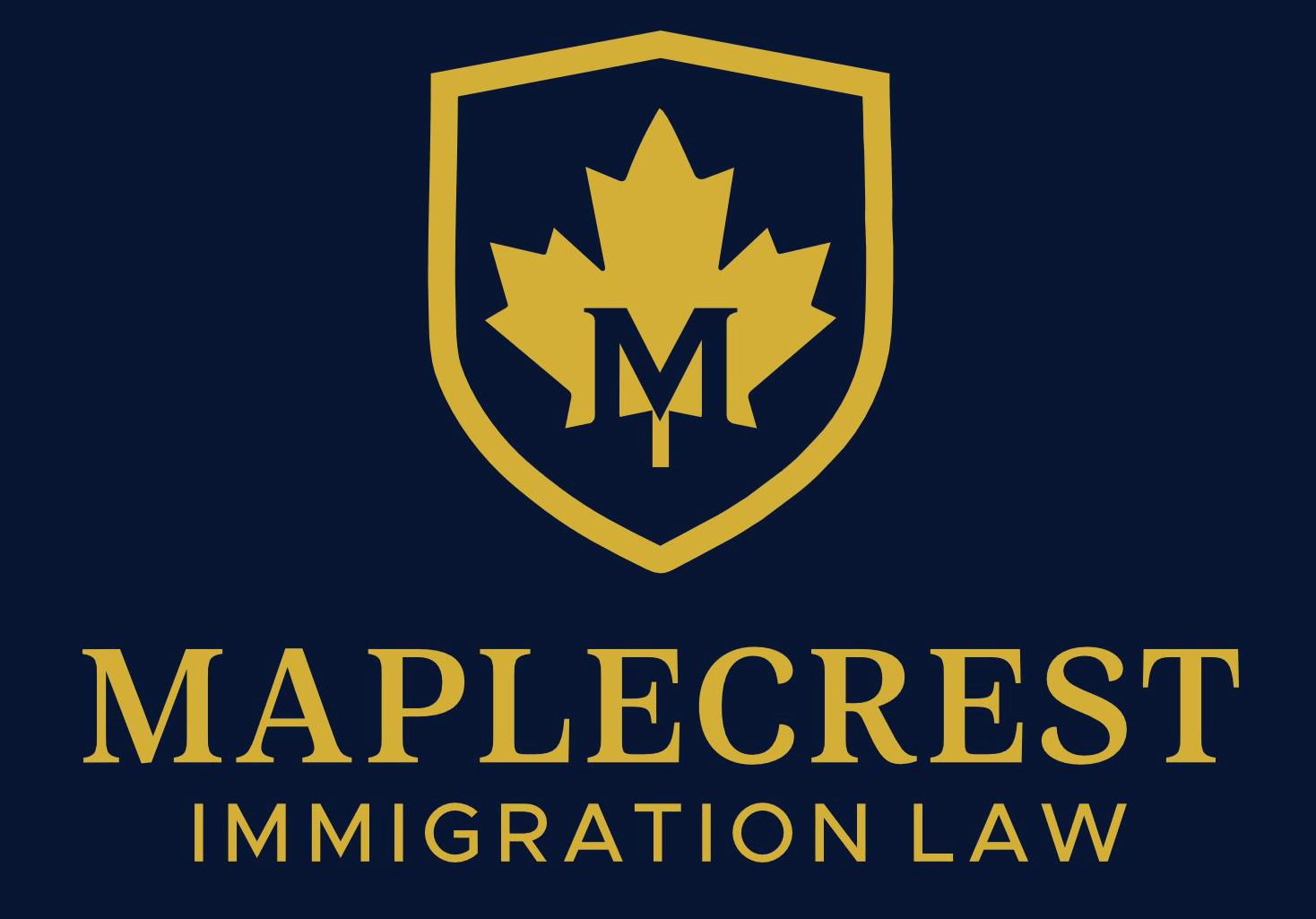Canadian families are preparing for an early financial boost this fall. The next Canada Child Benefit (CCB) payment will be issued on Friday, September 19, 2025. The timing could not be better, arriving just as parents face the seasonal costs of school supplies, sports activities, and childcare arrangements.
This upcoming payment underscores the government’s continued commitment to supporting families and reducing child poverty. For millions of households, the Canada Child Benefit is more than just money; it is a safety net that helps with food, housing, and essential expenses.
Understanding Canada Child Benefit
Introduced in 2016, the Canada Child Benefit replaced older fragmented programs with one streamlined, tax-free monthly payment. The goal was simple: support families with children under 18 and cut child poverty rates.
In 2025, the program continues to play a central role in family policy. According to federal budget reports, more than $25 billion will be distributed to over 3.5 million families.
Key features of the CCB include:
-
Tax-free payments based on family income and size.
-
Annual adjustments every July tied to inflation and updated tax filings.
-
Retroactive eligibility, ensuring late applicants still receive owed benefits.
-
Flexibility across family structures, including single parents, grandparents, adoptive parents, and shared custody arrangements.
September 2025 Canada Child Benefit Payment
The Canada Revenue Agency (CRA) has confirmed that the September 19, 2025 payment will reach families earlier than the typical 20th-of-the-month schedule.
-
Direct deposit: Funds are usually available by the end of the business day.
-
Paper cheques: Delivery may take a few extra days, depending on mail service reliability.
The CRA encourages families to use direct deposit through their My CRA Account for faster access and fewer delays.
Who Qualifies for the Canada Child Benefit?
To receive the benefit, you must:
-
Be the primary caregiver for a child under 18.
-
Reside in Canada for tax purposes.
-
File your taxes annually.
-
Ensure the child lives with you at least part of the year.
The rules also cover complex family dynamics. For example, shared custody allows both parents to receive proportional payments. Adoptive and same-sex parents also qualify under the same eligibility framework.
Canada Child Benefit for Temporary Residents
Temporary residents living in Canada often wonder if they qualify for the Canada Child Benefit. The good news is that eligibility extends beyond citizens and permanent residents. If you are on a valid work permit or study permit, you may qualify once you meet specific conditions.
The key requirement is 18 months of continuous residency in Canada on a valid permit. By the start of the 19th month, you must still hold a valid permit. This rule ensures that applicants are not just in Canada for a short visit but are building ties in the community.
To qualify, you must also:
-
File taxes as a Canadian resident each year. Filing establishes your residency status for tax purposes and helps the CRA calculate your benefit.
-
Hold a permit that grants legal status. Permits that state “does not confer status” do not count. For example, certain visitor permits or expired extensions may disqualify you.
Temporary residents applying for the CCB must complete Form RC66 (Canada Child Benefits Application). You must also attach copies of immigration documents proving your legal status, such as your study or work permit, along with your child’s documents (birth certificate, Social Insurance Number if available).
Many international students who transition to work permits later apply once they meet the 18-month threshold. Similarly, families on long-term work permits often use the CCB to offset high childcare costs. For temporary residents, this benefit provides a critical financial bridge while working toward permanent residence.
Canada Child Benefit for New Permanent Residents
For newcomers who just received permanent resident status, the Canada Child Benefit can start immediately. The benefit begins the month after you land in Canada as a permanent resident. This means if you land in August 2025, your first eligible month is September 2025.
If you apply within 11 months of your arrival, you may also receive retroactive payments back to July 1 of the year you became a resident. For families moving in mid-year, this retroactive option can put thousands of dollars back into your household budget.
New permanent residents usually apply using Form RC151 (GST/HST Credit and Canada Carbon Rebate for new residents). This form also allows you to apply for the Canada Child Benefit in one step. By filing, you also become eligible for other federal credits, ensuring no benefit is left unclaimed.
Canada Child Benefit Payment Dates 2025–2026
The Canada Revenue Agency pays the Canada Child Benefit on a monthly basis, usually on the 20th of each month. If the date falls on a weekend or a statutory holiday, the payment is issued on the closest working day.
The confirmed payment schedule for 2025–2026 is:
| Month | Payment Date |
|---|---|
| September 2025 | September 19 (Friday) |
| October 2025 | October 20 (Monday) |
| November 2025 | November 20 (Thursday) |
| December 2025 | December 12 (Friday) |
| January 2026 | January 20 (Tuesday) |
| February 2026 | February 20 (Friday) |
| March 2026 | March 20 (Friday) |
| April 2026 | April 20 (Monday) |
| May 2026 | May 20 (Wednesday) |
| June 2026 | June 19 (Friday) |
Parents are encouraged to mark these dates to plan their monthly budgets. Knowing when the funds arrive can help you manage recurring expenses like daycare fees, rent, or grocery shopping. Setting up direct deposit ensures the money arrives on the scheduled date without delays.
How Much Will Families Receive?
The amount a family receives under the CCB depends on the age of the children and the adjusted family net income (AFNI) reported on the previous year’s tax return.
For the 2025–2026 benefit year, the maximum payments are:
-
Children under 6 years old: Up to $666.42 per month or $7,997 annually.
-
Children aged 6–17 years old: Up to $562.33 per month or $6,748 annually.
To put this into perspective, a family with four children (two under 6 and two aged 6–17) could receive nearly $29,000 per year in tax-free benefits.
However, payments decrease once the family income exceeds $34,863 AFNI. The CRA applies a reduction formula where 7% of income above this threshold is subtracted from the maximum benefit.
Example:
-
A family with one child under 6 and an income of $50,000 AFNI.
-
Maximum benefit = $7,997 annually.
-
Reduction = 7% × ($50,000 – $34,863) = about $1,060.
-
Net benefit = $6,937 annually or about $578 per month.
Families with children who qualify for the Child Disability Benefit may also receive up to an additional $3,322 per year per child.
To check your personalized amount, the CRA provides an online Child and Family Benefits Calculator, which helps parents estimate payments based on family size, income, and residency.
How to Apply for the Canada Child Benefit
Applying for the Canada Child Benefit requires the right documents and timely action. There are three main ways to apply:
1. Through Birth Registration
When you register a newborn’s birth with your province or territory, you can also apply for the CCB. Most hospitals and birthing centers provide this option. Parents only need to provide their Social Insurance Numbers (SINs) and consent. The CRA usually processes these applications in about eight weeks.
2. Online via My CRA Account
For families who missed the hospital registration or for newcomers, the online option is often the fastest. Steps include:
-
Sign into your My CRA Account.
-
Verify your marital status, address, and residency details.
-
Add your child’s information, including name, date of birth, and SIN.
-
Upload supporting documents (such as birth certificates or immigration papers).
-
Submit and track your application online.
This option is popular among new permanent residents and temporary residents who just became eligible after 18 months. It allows you to track updates and ensures faster communication with the CRA.
3. By Mail
Applicants who prefer or require paper applications can use Form RC66. You must include supporting documents, such as your child’s birth certificate, proof of residency, and immigration permits. Mail the form to your nearest CRA tax centre. Processing may take 8–12 weeks, but using registered mail is recommended for tracking.
No matter which method you choose, setting up direct deposit ensures that once approved, your payments arrive securely and without postal delays.
Why the Canada Child Benefit Matters
The CCB is more than a government program—it has transformed the lives of families across Canada. According to Statistics Canada, child poverty rates dropped from 11% in 2015 to under 6% in 2021, and much of this success is linked to the Canada Child Benefit.
Families rely on this benefit to:
-
Pay for groceries and nutritious food.
-
Cover housing costs like rent and utilities.
-
Fund school supplies, uniforms, and books.
-
Support childcare expenses for working parents.
-
Enroll children in extracurricular programs such as sports or music lessons.
For newcomers, the benefit plays an even more critical role. It provides immediate financial relief during the challenging first year in Canada. By covering essential expenses, the CCB allows new families to focus on settling, finding work, and integrating into Canadian society.
Need Help?
If you are new to Canada or unsure about your eligibility, professional help can make the difference between approval and costly delays.
Maple Crest Immigration Law assists newcomers, families, and temporary residents with navigating Canadian benefits and immigration policies. From filing applications to resolving CRA queries, expert guidance ensures you receive every benefit you deserve.
Contact Maple Crest Immigration today for a consultation and take the first step toward securing your family’s financial support.




